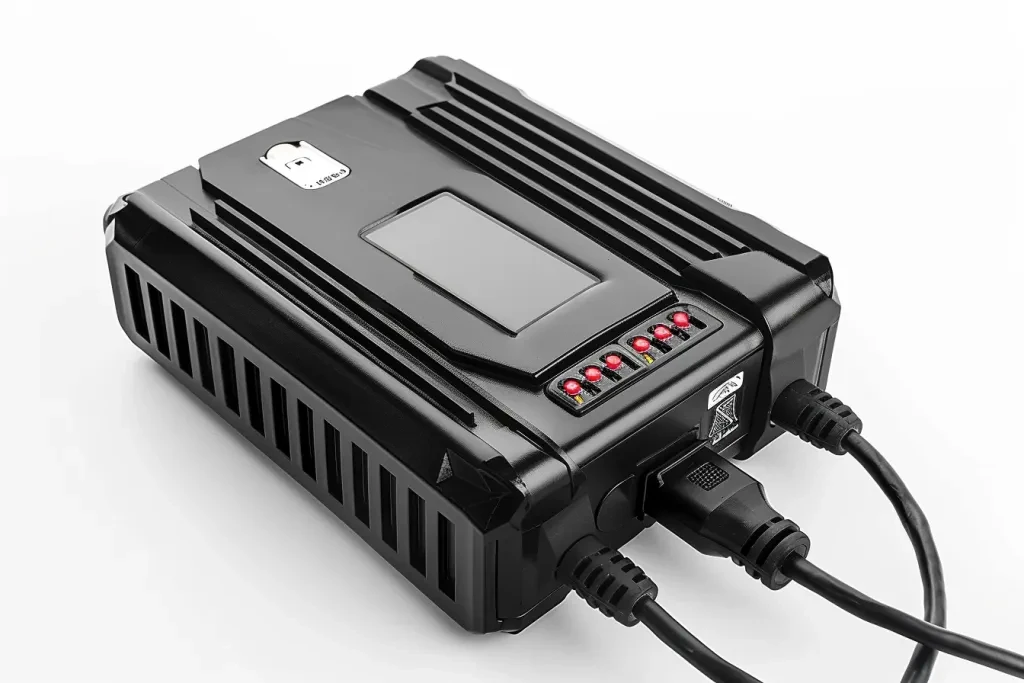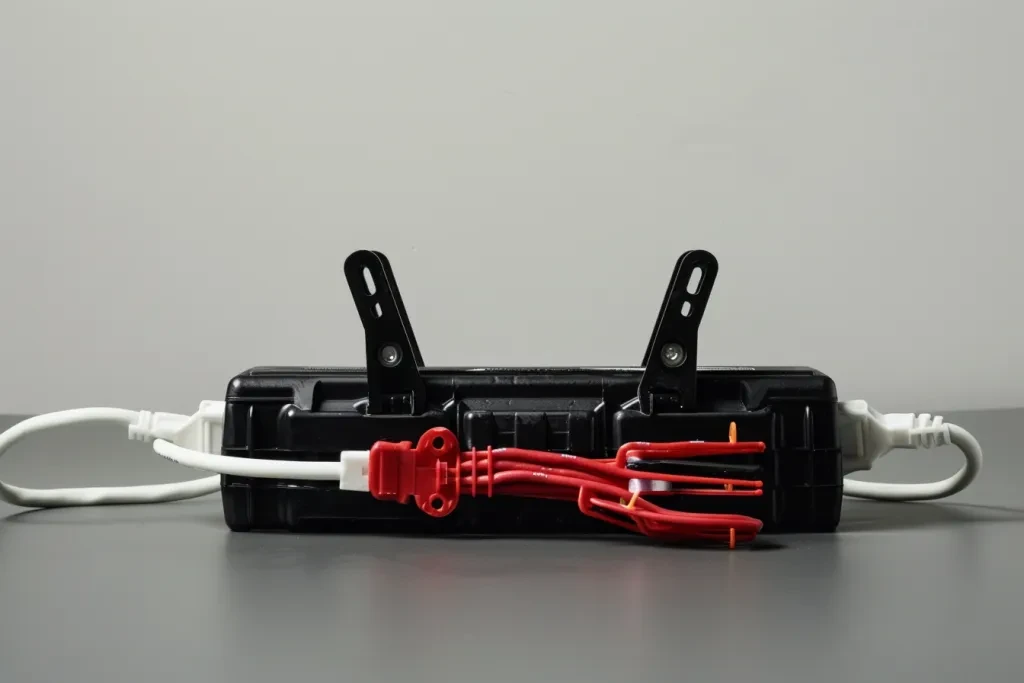In today’s tech-driven era, battery chargers have become an indispensable part of our daily lives, powering a myriad of devices from smartphones to electric vehicles. Understanding how they work, their benefits and drawbacks, and how to select and use them properly can significantly enhance your gadget’s battery life and performance. This comprehensive guide will illuminate the intricacies of battery chargers, ensuring you make the most out of your devices.
Table of Contents:
– What is a battery charger?
– How does a battery charger work?
– Benefits and drawbacks of battery chargers
– How to choose a battery charger
– How to use a battery charger
What is a battery charger?

A battery charger is a device that replenishes energy into a secondary cell or rechargeable battery by forcing an electric current through it. The complexity of a charger can vary significantly, from simple devices supplying a constant current, to sophisticated ones capable of precisely controlling the charging rate depending on the battery’s condition and the user’s needs. Chargers are not only essential for keeping our portable devices powered up but also play a crucial role in promoting sustainability by extending the life of batteries.
How does a battery charger work?

The principle behind battery charging is relatively straightforward yet involves intricate electronic processes. At its core, a battery charger converts AC (Alternating Current) power from the wall outlet into DC (Direct Current) power, which can be stored in a battery. This process involves several stages, including bulk charging where the battery receives the majority of its charge and absorption stage where the charging rate slows down as the battery approaches full capacity. Advanced chargers also include a maintenance or trickle charge stage, ensuring the battery remains fully charged without overcharging, which can be detrimental.
Benefits and drawbacks of battery chargers

Battery chargers offer numerous benefits, including convenience, cost savings, and environmental sustainability. They allow users to recharge batteries multiple times, reducing the need to purchase disposables. However, not all chargers are created equal. Some may charge batteries too quickly, leading to overheating and reduced battery lifespan, while others may not fully charge the battery, diminishing its capacity over time. Choosing the right charger is crucial to avoid these drawbacks and ensure your batteries are charged efficiently and safely.
How to choose a battery charger

Selecting the right battery charger involves considering several factors. First, identify the type and size of the battery you need to charge, as different batteries require different chargers. Look for chargers with smart features like auto shut-off to prevent overcharging, and those that can adjust the charging rate based on the battery’s condition. Also, consider the charging time and the charger’s portability, especially if you plan to use it while traveling. Lastly, safety features such as short circuit protection and temperature control are paramount to prevent accidents.
How to use a battery charger

Using a battery charger correctly is as important as choosing the right one. Always start by reading the manufacturer’s instructions to ensure compatibility with your batteries. Insert the batteries into the charger properly, aligning the positive and negative ends according to the charger’s markings. Plug the charger into a power source, and if it has multiple settings, select the one appropriate for your batteries. Once charging is complete, unplug the charger and remove the batteries. Regularly inspect both the charger and batteries for any signs of damage or wear.
Conclusion
Battery chargers are a vital tool in our increasingly electronic world, offering a convenient and eco-friendly way to keep our devices powered. Understanding how they work, their pros and cons, and how to select and use them properly can significantly enhance the performance and lifespan of your batteries. By following the guidelines outlined in this guide, you can ensure that your devices remain charged and ready to go, whenever and wherever you need them.
By demystifying the complexities of battery chargers, this guide aims to empower users to make informed decisions, ensuring their electronic devices are always powered up and ready to use.





 বাংলা
বাংলা Nederlands
Nederlands English
English Français
Français Deutsch
Deutsch हिन्दी
हिन्दी Bahasa Indonesia
Bahasa Indonesia Italiano
Italiano 日本語
日本語 한국어
한국어 Bahasa Melayu
Bahasa Melayu മലയാളം
മലയാളം پښتو
پښتو فارسی
فارسی Polski
Polski Português
Português Русский
Русский Español
Español Kiswahili
Kiswahili ไทย
ไทย Türkçe
Türkçe اردو
اردو Tiếng Việt
Tiếng Việt isiXhosa
isiXhosa Zulu
Zulu